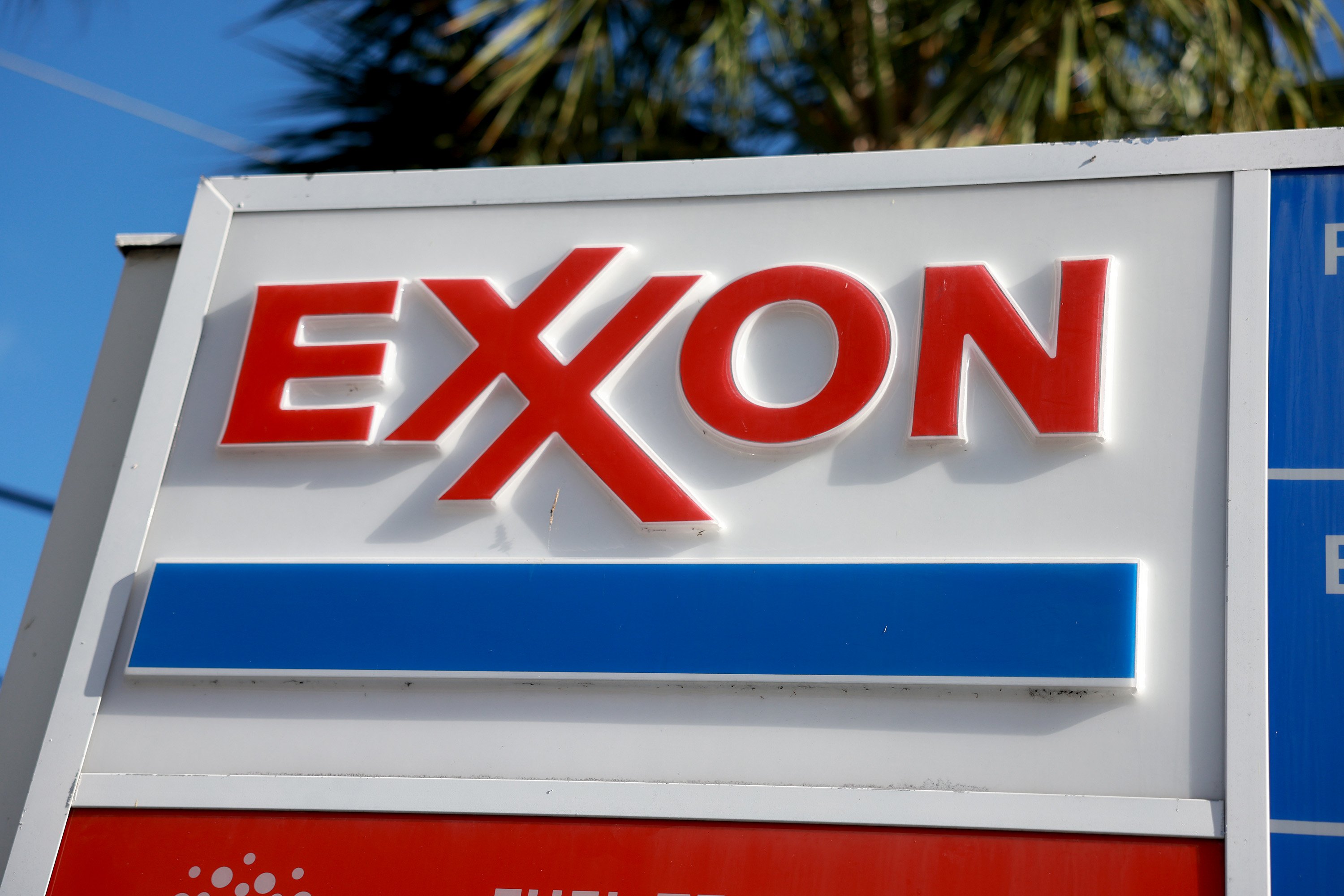ExxonMobil (XOM +0.13%) may not be the world's largest oil and gas company, but the Irving, Texas-based energy giant is the largest one based in the United States. With a long corporate history going back to John D. Rockefeller's Standard Oil Trust, ExxonMobil has long been a widely held buy-and-hold blue chip stock.
But can buying in today pay off for energy investors? Year-to-date, shares have trailed major market indexes, as falling spot oil prices put pressure on profitability. To make matters worse, instead of playing it safe by scaling back on new capital projects, ExxonMobil is increasing production.

NYSE: XOM
Key Data Points
As this occurs at the time when the company remains aggressive in returning capital to investors via share repurchases and dividends, cash flow has turned negative, leading the company to increase its debt borrowing. While this may be making the stock a riskier play, that may not mean that staying away is the best course of action.
ExxonMobil remains a high-quality dividend growth stock
Before diving into the latest concerns with ExxonMobil, let's take a look at the many qualities that remain positive for this blue chip energy stock.
As seen in ExxonMobil's latest quarterly earnings release, the company continues to generate large profits from high-quality oil and gas production sites in locations such as the Permian Basin in the southwestern United States, as well as its offshore oil field located in the South American country of Guyana.
| Metric | Q3 2024 | Q3 2025 | % Change |
|---|---|---|---|
| Revenue | $90 billion | $85.3 billion | (5.2%) |
| Earnings per Share (EPS) | $1.92 | $1.76 | (8.3%) |
During the quarter ending Sept. 30, average daily production was up by around 4%, from 4.6 million to nearly 4.8 million barrels of crude oil equivalent produced daily. Still, even as production increased, this was outweighed by the steady drop in energy prices over the past year. As a result, revenue and earnings per share (EPS) were down 5.2% and 8.3%, respectively, compared to the prior year's quarter.

Image source: Getty Images.
Despite these declines, ExxonMobil hasn't slowed down in terms of returning cash to shareholders. The company bought back a total $5.1 billion worth of shares during the September-ended quarter. Dividends totaled $4.2 billion, and the company announced a 4% dividend increase starting this quarter. That said, as mentioned earlier, the oil giant isn't simply returning cash to shareholders in lieu of funding capital projects.
Instead, it's trying to pull off both at the same time. ExxonMobil may have generated nearly $15 billion in operating cash flow last quarter, but with $8.7 billion of it dedicated to capital expenditures, atop the $9.3 billion committed to dividends and buybacks, the company is having to borrow more money to cover the difference.
A recent uptick in investor uncertainty
It's not surprising that analysts and investors are expressing a modest amount of concern about ExxonMobil's current capital allocation plans. Spending more on oil and gas production, when energy prices are trending lower, can end badly. That's not to say that the company faces financial disaster if this gambit, built largely on the expectation of an oil price rebound in 2026 and beyond, fails to pay off.
Still, if falling energy prices keep making a negative impact on earnings, there may be renewed concerns regarding ExxonMobil's ability to maintain its status as a dividend growth stock. That last happened five years ago, when the early days of the pandemic decimated energy prices in 2020 and 2021. However, the company has a more-than-four-decade streak of consecutive dividend increases, giving investors confidence that this will continue.
Although the 2021 increase was only $0.01 per share, this action underscores how much this company desires to maintain its reputation as a dividend grower. It's just a few years away from becoming a Dividend King with a 50-year dividend increase streak.
Don't get me wrong. That's not the only reason why you may want to go against the grain when it comes to current sentiment about this stock.
Is it a no-brainer buy?
Barring any sudden rebound in crude oil prices, in the near-term, ExxonMobil shares could tread water at best, pull back further at worst. It's trading at a forward price-to-earnings ratio (P/E) of around 15 -- a slight discount to competitors like Chevron and Occidental Petroleum, both of which are experiencing similar macroeconomic challenges.
In short, if one is confident that the current weakness in energy prices is short-lived, this stock may be the most value-oriented large-cap energy stock one could invest in to make that wager. Next year, factors like plans from OPEC+ to ease oil production increases could help stabilize crude oil prices. Coupled with ExxonMobil's further production increases, that may result in renewed earnings growth for the company.
Don't forget, either, that this company has additional earnings growth catalysts on tap. For instance, ExxonMobil continues to aggressively reduce operating expenses. It also continues to pursue opportunities in carbon capture and storage technology, including one that capitalizes on the rising demand for AI data centers.
Put simply, while ExxonMobil may not seem like a buy at first glance, do a little more digging, and there may be good reason to buy the dip.







